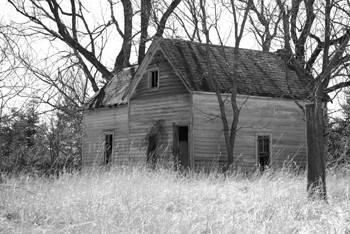Here are three tips Accountant’s and Financial Advisors should be aware of to help their investor clients to claim the maximum depreciation deductions available on an investment property this financial year.

1. No property is too old
One common myth is that older properties do not attract depreciation deductions. However depreciation can be claimed on both new and older properties. It is worth making an enquiry for any aged property.
2. Make sure the investor claims both capital works deductions and plant and equipment depreciation
Property depreciation can be claimed in the form of capital works deductions for the structural element of the building and plant and equipment depreciation for the assets contained within the property.
Plant and equipment assets are items that can be easily removed from the property, as opposed to items that are permanently fixed to the structure. These assets depreciate based on their effective life as set by the Australian Taxation Office.
Capital works deductions apply to the structural element of a building and include items such as bricks, mortar, walls, flooring and wiring. Capital works deductions are based on the historical cost of the building. These deductions can only be claimed on residential buildings in which construction commenced after the 18th of July 1985.
3. Ensure investors claim depreciation for any renovations
An investor is entitled to claim depreciation for any renovations done to a property, even if they were done by a previous owner, as long as they were completed within the qualifying dates.
Renovations may not always be obvious, for example new plumbing, water proofing, or electrical wiring. A Quantity Surveyor will discover any renovations during a site inspection of the property and calculate the depreciation accordingly.
To ensure your investor clients claim the correct deductions this financial year, encourage them to speak with a specialist Quantity Surveyor. They can arrange a tax depreciation schedule which outlines all of the deductions available for the life of the property (forty years). The cost to arrange the schedule is also 100% tax deductible.
Article Provided by BMT Tax Depreciation.
Bradley Beer
Managing Director
www.bmtqs.com.au
19th-May-2014 |